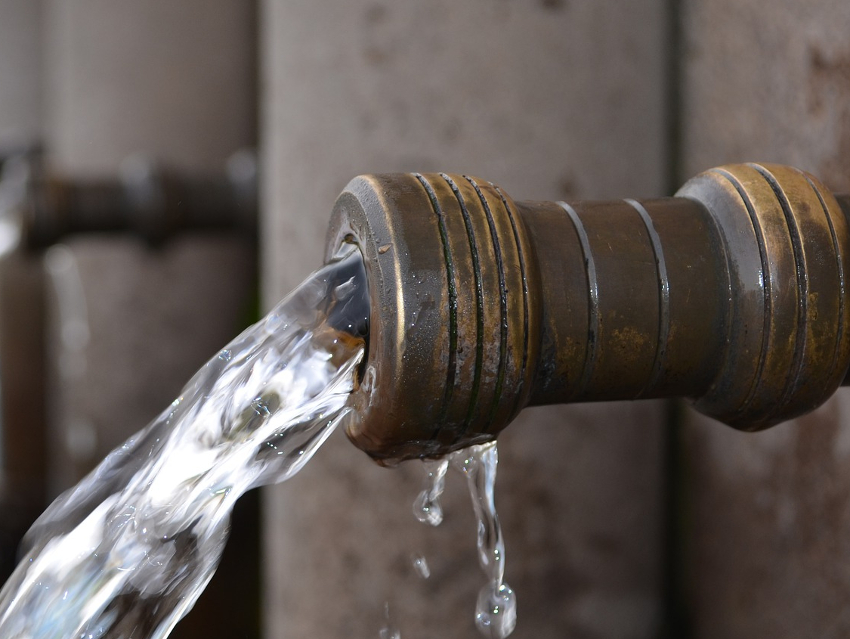The efficient treatment of wastewater is important to recover clean freshwater, which is a finite resource. Current purification techniques generally cannot efficiently handle the very hot wastewater generated by some industries. For example, some oil recovery methods produce hot wastewater, which requires energy-intensive cooling before it can be purified through traditional reverse-osmosis membranes. After purification, the water then needs to be heated before it can be reused. At high temperatures, traditional reverse-osmosis membranes filter slowly and allow more salts, solids, and other contaminants to get through.
Behnam Khorshidi, Mohtada Sadrzadeh, University of Alberta, Edmonton, Canada, and colleagues have developed nanodiamond-containing thin-film nanocomposite polyamide membranes to solve this problem. The team first functionalized nanodiamonds, which were created by detonations, by oxidizing them to form carboxylic acid groups, followed by a halogenation with thionyl chloride and a reaction with m-phenylene diamine (MPD). Then they prepared thin-film nanocomposite (TFN) polyamide membranes by adding the functionalized nanodiamonds to the monomer solution of the polyamide. Ethyl acetate was used as a cosolvent to facilitate the dispersion of the nanoparticles in the polyamide matrix.
This resulted in thicker, more temperature-stable membranes with improved performance. The nanoparticles improve the structural integrity of the polyamide layer. By increasing the amount of amine-enhanced nanodiamonds in the membrane, the team obtained higher filtration rates with a greater proportion of impurities being removed compared with membranes without nanodiamonds. Overall, the method produces membranes that could more effectively treat wastewater at high temperatures.
- Nanodiamond-Enabled Thin-Film Nanocomposite Polyamide Membranes for High-Temperature Water Treatment,
Pooria Karami, Behnam Khorshidi, Laleh Shamaei, Eric Beaulieu, João B. P. Soares, Mohtada Sadrzadeh,
ACS Appl. Mater. Interfaces 2020.
https://doi.org/10.1021/acsami.0c15194




